A few of my Blogs for SSCOR:
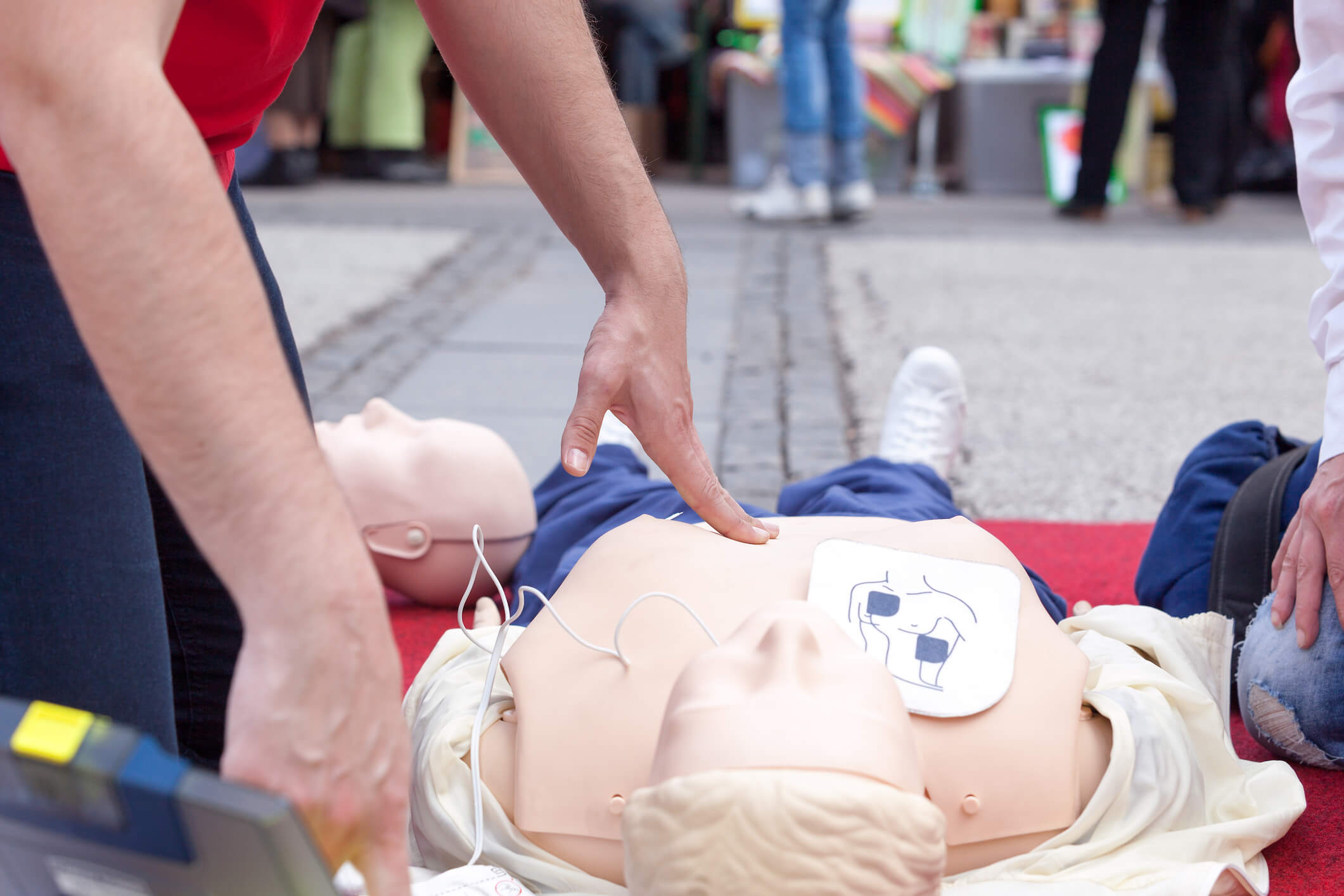
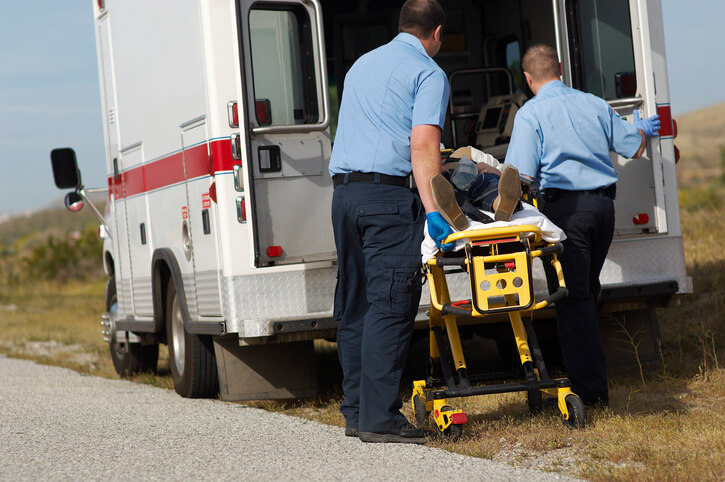
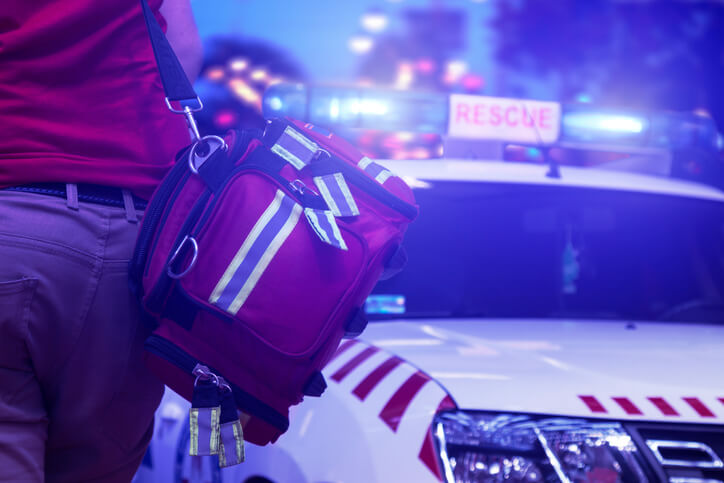
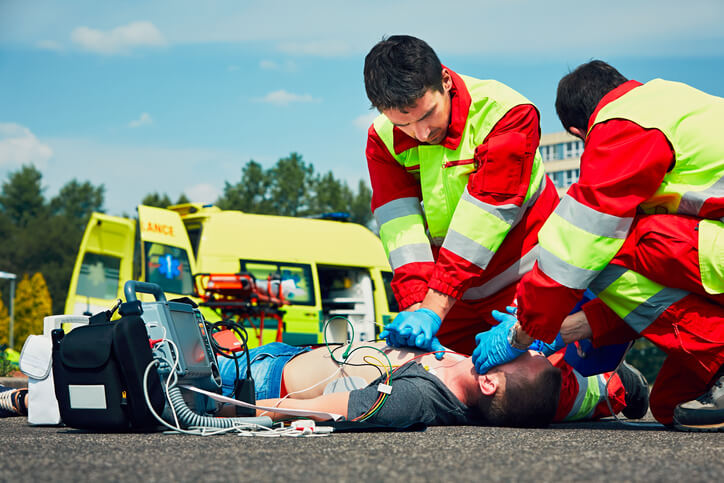
.jpg?t=1529607306921&width=724&height=483&name=GettyImages-836621590%20(1).jpg)
.jpg?t=1529607306921&width=724&height=483&name=GettyImages-669644868%20(1).jpg)
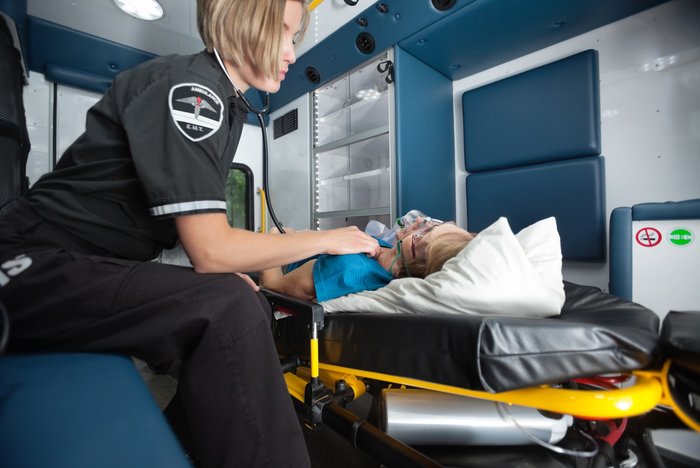
.png?t=1529607306921&width=700&name=rsz_gettyimages-509726534-min(1).png)
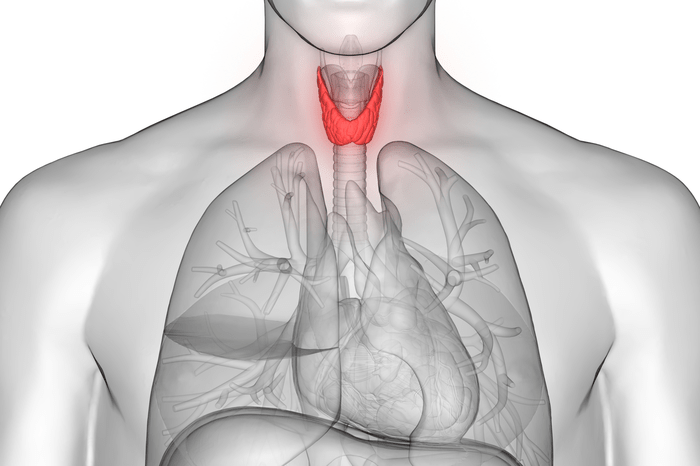
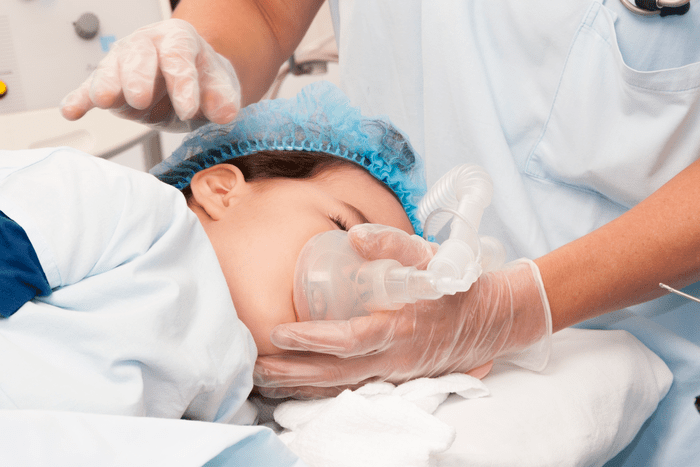
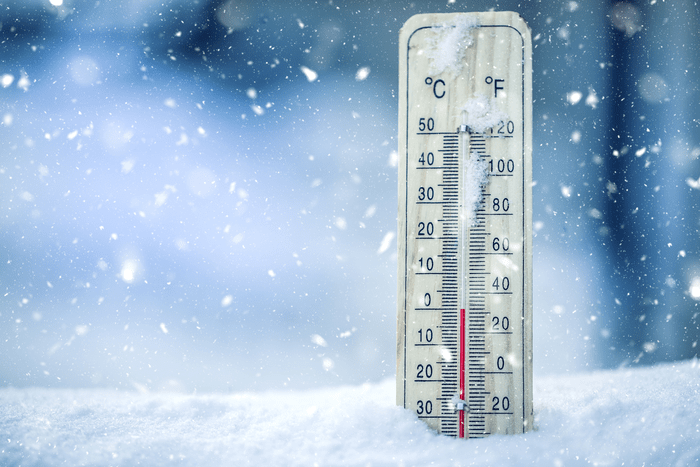
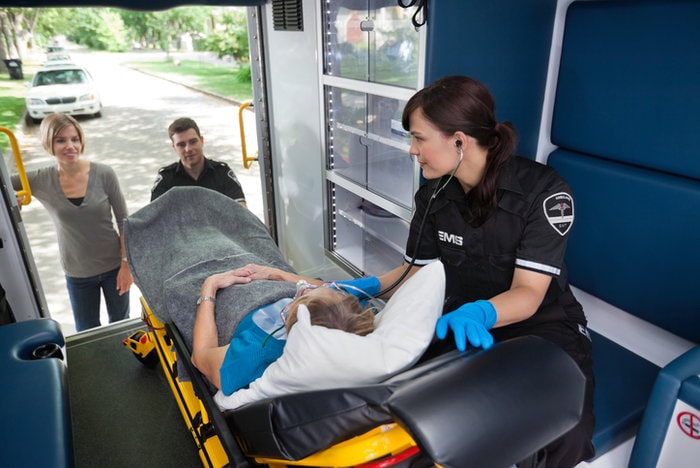
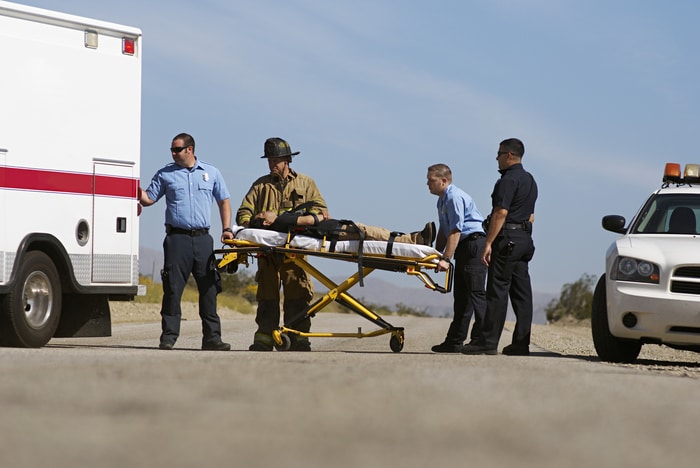
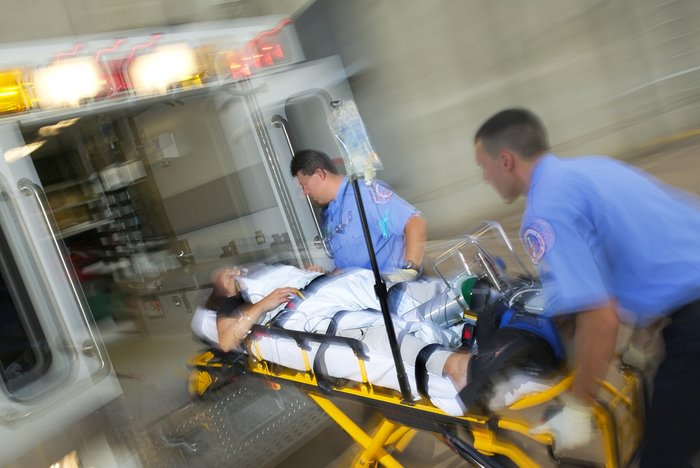
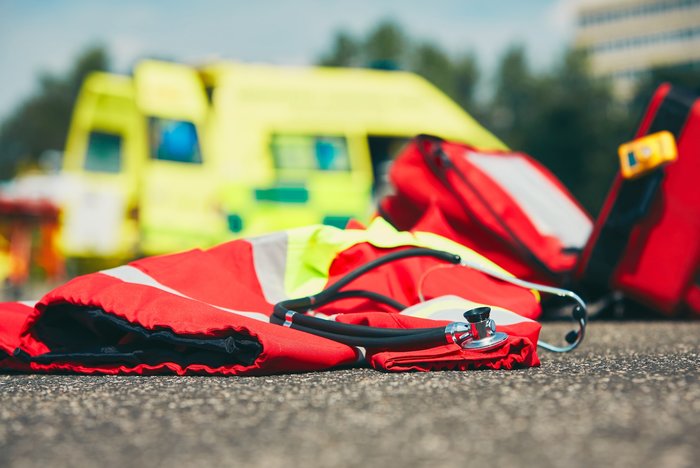
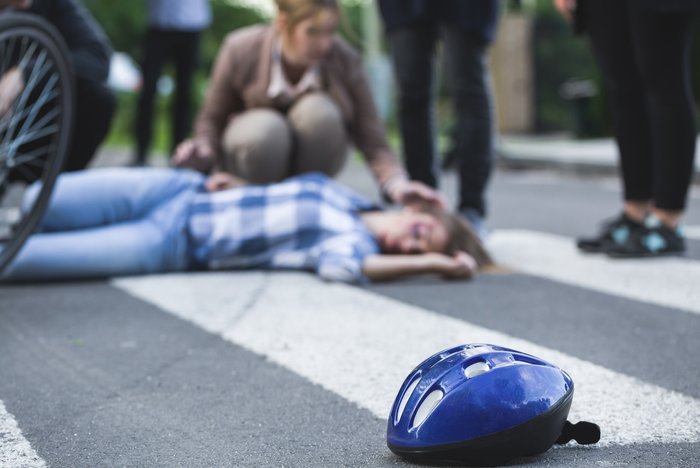


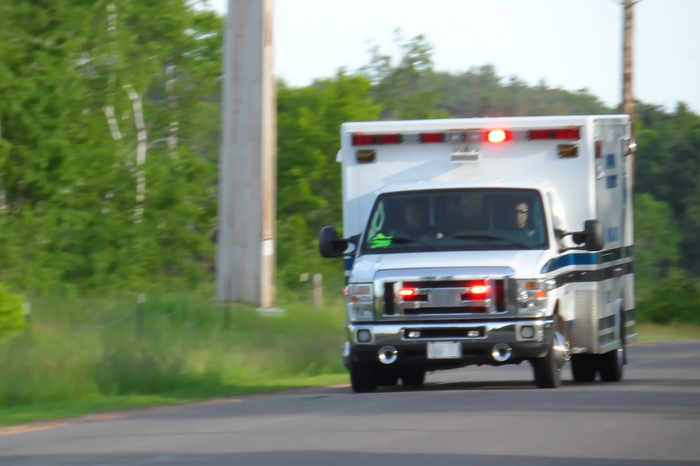
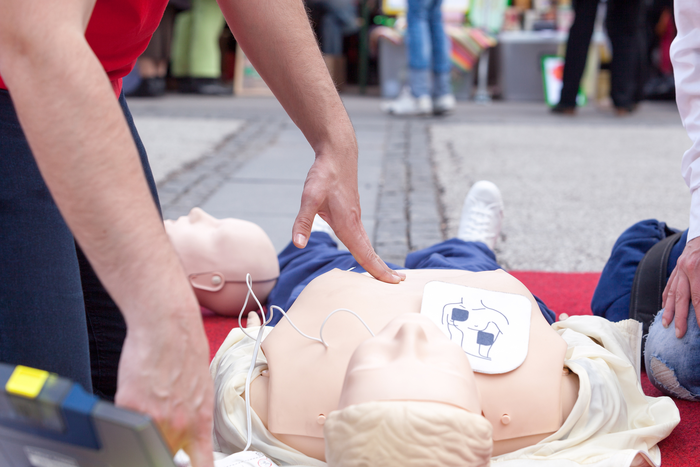
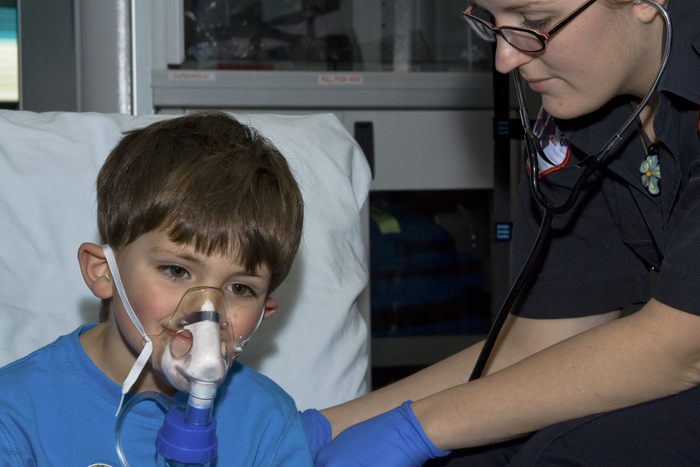
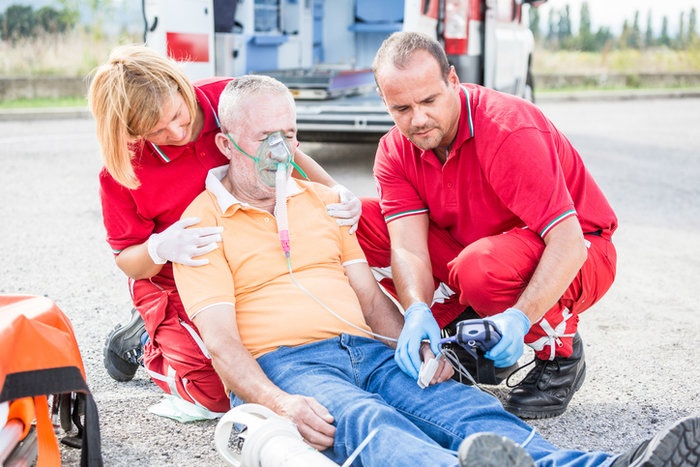
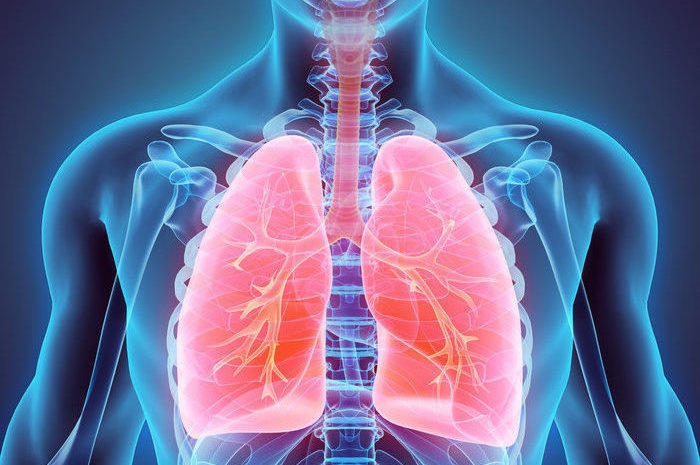
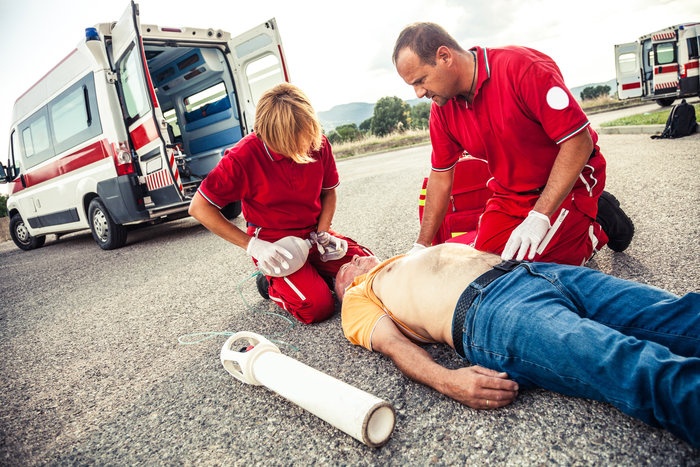
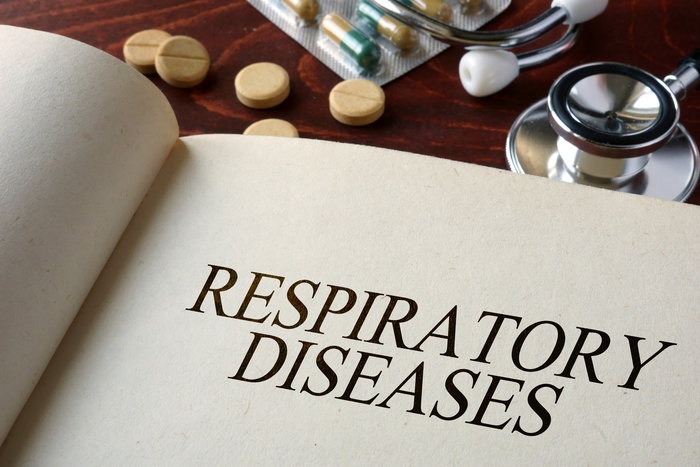
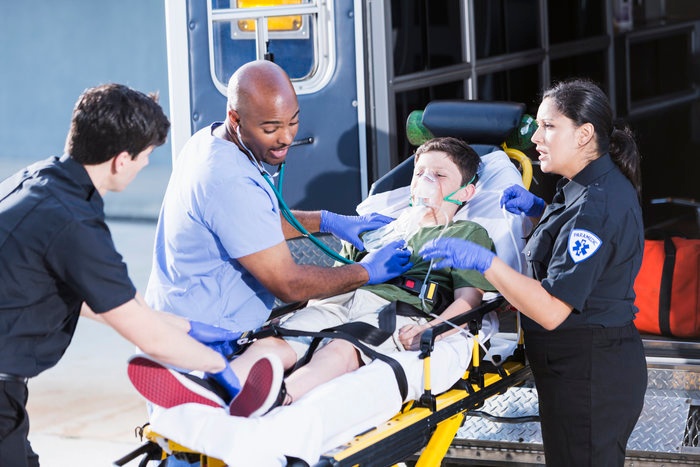
Posts from The Body Blog and Online Publications
The Body Blog: Soul Searching…
The Body Blog: The Fear Factor
The Body Blog: Playing Defense
The Body Blog: Fire Down Below
The Latinos Post – Rapid-Dectection Ebola Tests Proves Reliable, Safe, and Speedy
The Body Blog: Hooking through History
Latinos Post – Memory Tests Could Warn Against Future Development of Alzheimer’s
The Latinos Post – Do Rats ‘Dream’ of Food? New Research Indicates They Just Might
The Latinos Post – New Fossil Reveals Creature’s Bizarre Head
The Body Blog: Eight-Legged Envy
The Latinos Post – Over 800 Ultra-Dark Galaxies Discovered within the Coma Cluster
The Latinos Post – The Next Mass Extinction is Now Underway, and Humans are to Blame
The Latinos Post – Secrets of the Heat-Tolerant Saharan Silver Ants
Latinos Post – New DNA Evidence Clarifies Kennewick Man’s Ties to Native Americans
The Body Blog – My Father’s Daughter
Latinos Post – Methane-Filled Meteorites May Hint at Life on Mars
Latinos Post – Equatorial Dino Mystery Solved
The Latinos Post – New Ruling Extends Protection to Captive Chimps Used in Biomedical Research
The Latinos Post – Beachgoers Beware: Danger Lurking off Florida Coasts
Latinos Post – Snapshot Serengeti Captures African Wildlife at its Best
Latinos Post – Surfer Joins the Ranks of SeaWorld Critics
The Body Blog: I See Dead People
Latinos Post – Ancient DNA Provides Clues to Migration, Language, and Lactose Tolerance
Latinos Post – How Big is “Big” When We’re Talking Dinosaurs?
Latinos Health – How do you Thwart HIV? By Cutting Off its Food Supply
The Science Times – Why Wait for Hurrican Season when you can Make One in the Lab?
The Science Times – Dino Debate Continues: New Analysis Indicate they were Warm Blooded
The Body Blog – Bald and Badass
The Science Times – Ancient Skull Shows Signs of Lethal Combat
The Science Times – Giant Telescope Construction Continues atop Hawaiian Volcano, Despite Protests
The Science Times – Cave Deposits May Help Predict Future Weather Patterns on our Warming Planet
The Science Times – Endangered Jaguars May Lose Designated Land if Area Ranchers have their Way
The Body Blog – A Meditation on Decapitation
The Science Times – Hunter Pays $350,000 for the Opportunity to Kill Endangered Black Rhino
The Science Times – Panda Poo Reveals a Mismatched Gut
The Science Times – New Research Isolates Speech Center in the Human Brain
The Science Times – A Special Mother’s Day Gift: A Baby Beluga
The Science Times – Record-Setting Drought Forces California Salmon to Take the Highway
The Science Times – NASA Hopes to Rely on Algae and Bacteria for Oxygen Production on Mars
The Science Times – Up From the Depths: The First Warm-Blooded Fish
The Body Blog – The Circumcision Decision
The Science Times – Macaques Prove Quite Handy with a Hammer
The Science Times – Meet Velociraptor’s ‘Nosey’ Cousin
The Science Times – Dietary Supplement Linked to Hemorrhagic Stroke
The Science Times – On the Ebola Front, Good News for Liberia, Caution for Neighboring Countries
The Science Times – ‘Brainy’ Robots May Revolutionize Underwater Exploration
The Science Times – China Hikes Cigarette Tax in Hopes of Curbing Consumption
The Science Times – For the Mom Who Has Everything, How About a Martian Crater?
The Science Times – Spiders Sprayed with Graphene Weave Futuristic Webs
The Science Times – New Research Reveals Measles Weakens Immune System for Up to Three Years
The Science Times – How to Avoid Chocolaty Fat Blooms? X-rays Reveal the Answer
The Science Times – Is Virtual Reality Finally Getting Real
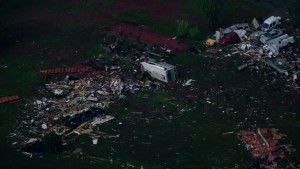
**Embargo: Oklahoma City, OK**
Strong storms, likely spawning tornadoes, damaged homes in the Oklahoma City, Oklahoma area May 6, 2015.
The Science Times – Heavy Rain and Twisters Sweep the Midwest
The Science Times – The Obesity Wave Hits European Shores and Ireland is Drowning
The Science Times – New Guidelines Show Promise in Early Detection of Ovarian Cancer
The Science Times – Bacteria to the Rescue: New Treatments for a Deadly Common Infection
The Science Times – Quake Shakes Papua New Guinea
The Science Times – Poultry Pathogens Sweep the Midwest

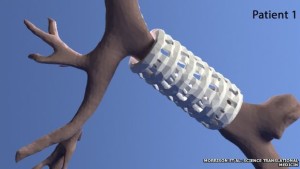
The Science Times – Take a Deep Breath: Patients find Relief through 3D Printing

The Science Times – As Global Temperatures Rise, Species May Plummet

If you want to check out the segment I filmed for the Weather Channel on the yellow fever outbreak in Sanford in the 1800s, they’re rebroadcasting it tonight (Nov 9th) at midnight and throughout the week. The series is American Supernatural and the show is entitled “The Dead Zone.”











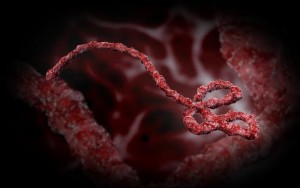


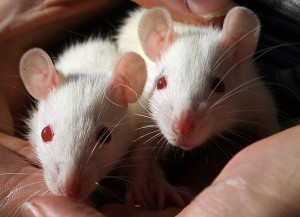
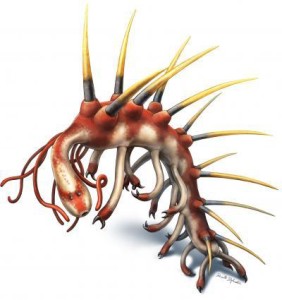



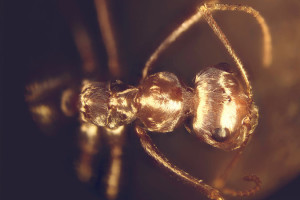
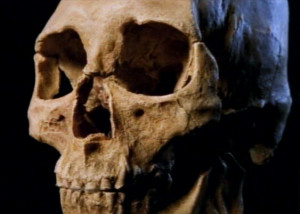





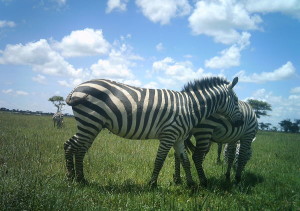


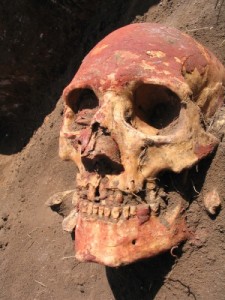
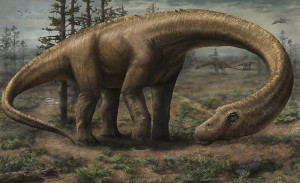
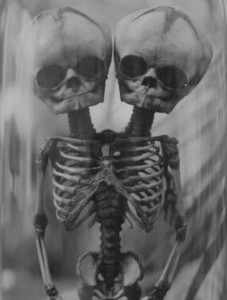
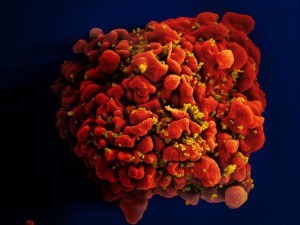




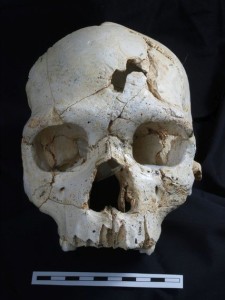






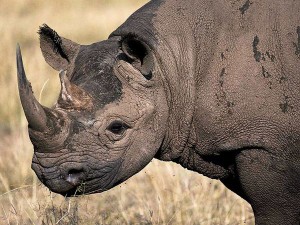
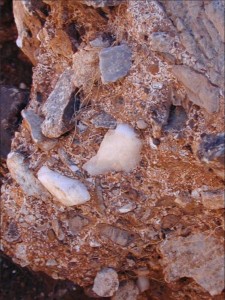

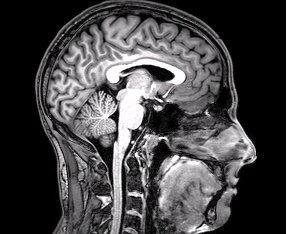


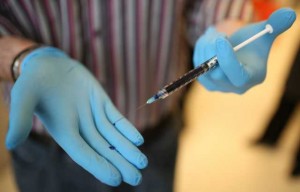
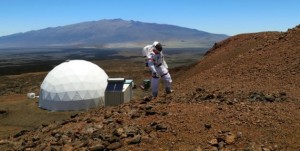
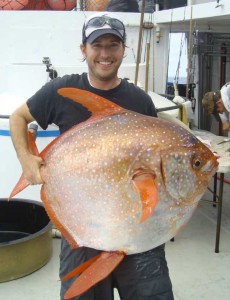




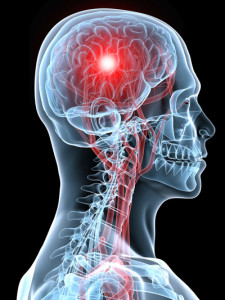






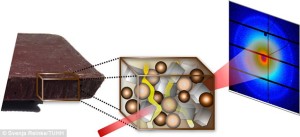

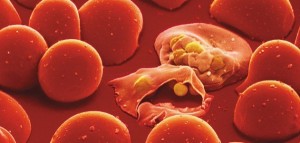


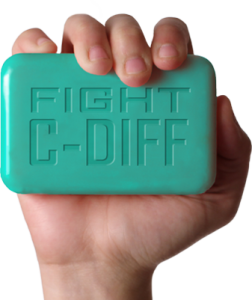
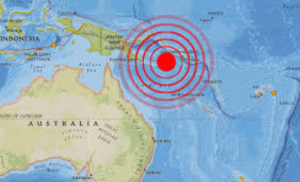

Have you ever considered creating an ebook
or guest authoring on other websites? I have a blog centered on
the same ideas you discuss and would love to have you share some stories/information.
I know my viewers would value your work. If you are even remotely
interested, feel free to shoot me an email.
Sorry for the delay in responding. Yes, I’m always interested in possible collaborations. Let me know what you have in mind. My email is rachelwentzbooks@gmail.com. R
Hi there, I check your blog regularly. Your story-telling style is witty,
keep up the good work!
Thanks so much for reading!
Saw your segment on the Weather Channel last night. Great Job!